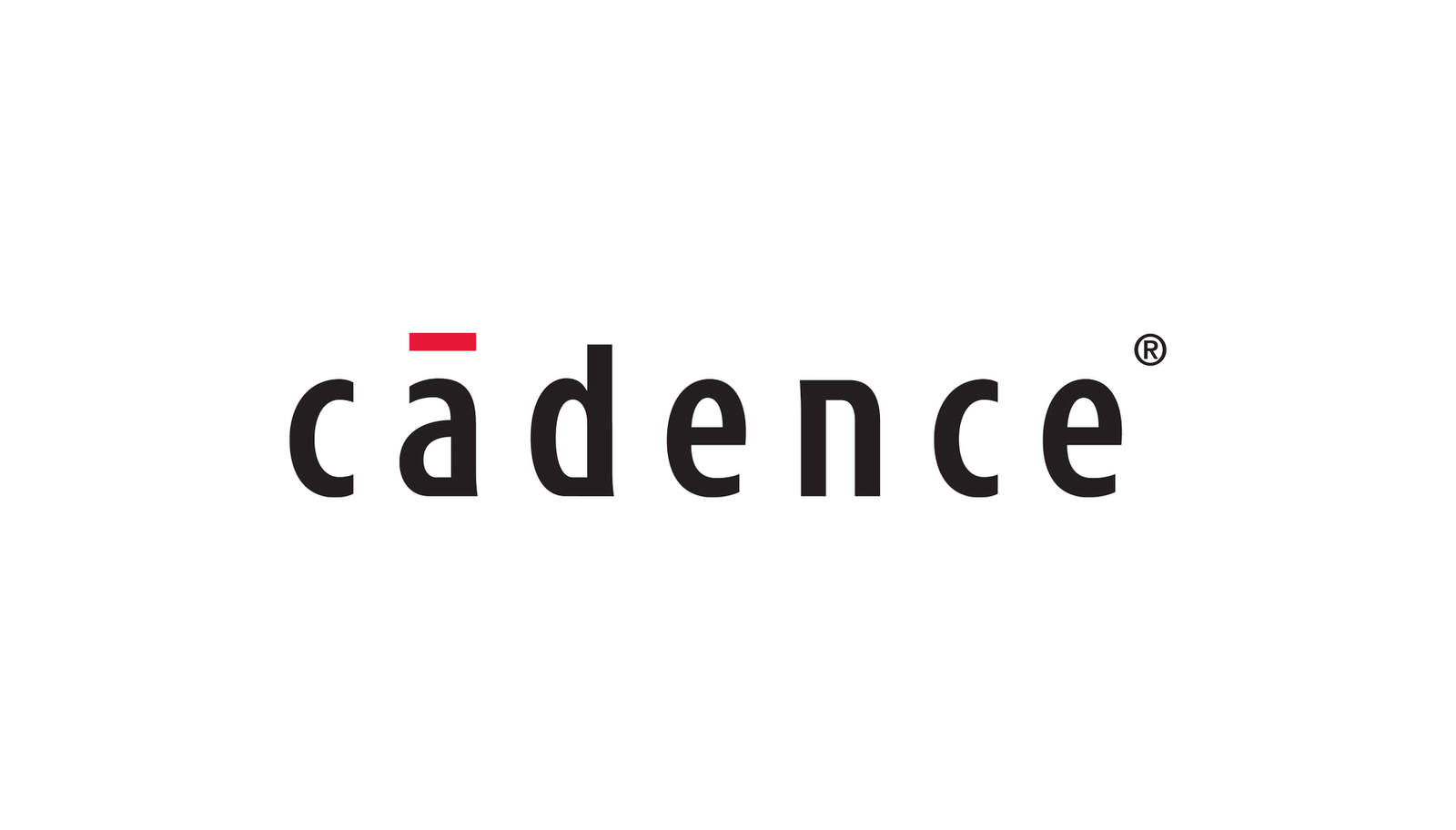by David Lyon, Co-Head of Private Credit, Neuberger Berman
Today’s CIO Weekly Perspectives comes from guest contributor David Lyon.
If you’re reading this, you’re probably all too aware of the unusual paradox confounding investors at the moment.
Unprecedented monetary and fiscal stimulus and reopening economies are setting up an extraordinarily favorable growth environment. U.S. GDP is expected to be 7% larger in 12 months’ time, and 3% larger than before the pandemic. At the same time, asset valuations appear full or, in many cases, stretched.
Early-cycle growth prospects would normally be a clear incentive to seek out investments and deploy capital. Those later-cycle valuations pose enough downside risk to give anybody pause, however—particularly after last week’s market wobbles.
But what if an investment opportunity was being created, right now, by those very same paradoxical dynamics? One that offers the potential for low- to mid-teen yields and credit-like terms in a world of very tight spreads and very high equity valuation multiples?
Let’s take a closer look at preferred stock in private equity-owned companies.
Innovative Capital Solutions
To understand what we’re getting at, picture a private equity sponsor that owns a high-quality, fast-growing company somewhere around the middle of its investment lifecycle.
It will have strategic projects, quite likely including acquisitions, that it would like to finance now, while growth opportunities are highly favorable. It would normally issue debt, but high valuations mean that acquisitions demand a lot of capital, and cash-pay leverage, due to ratings and other lender constraints, is limited to six or seven times pro forma earnings before interest, tax, depreciation and amortization (EBITDA).
Essentially, the credit card is tapped out—and besides, a fast-growing company is likely to have more pressing uses for its cash flow than servicing the burdensome interest that higher leverage implies.
What can the private equity sponsor do, besides selling a slice of dilutive common equity?
If it can find the right partner, there are innovative capital solutions that can meet this challenge, and some of the most interesting involve so-called payment-in-kind (PIK) preferred stock.
Bridge the Gap
Preferred capital can help bridge the gap between senior debt and an acceptable level of common equity.
It is structurally senior to common equity in that it is prioritized for both distributions and return of capital, and often comes with credit-like terms, such as restricted-payments covenants, contractual minimum returns and call protection. It is junior to debt and its distributions come in the form of more of the same security rather than cash dividends; but it also has the potential to participate should the value of the company appreciate, via convertibility or warrant ownership, in some cases.
However, at a time when the future is so uncertain and equity valuation multiples are so high, perhaps the most eye-catching thing about preferred stock is the implied valuation multiple at which it gets deployed.
At current valuations, the S&P 500 Index trades at 15 to 16 times 2021 estimated EBITDA. The average middle market buyout deal also transacts at around 16 times. Common equity in a high-quality middle market buyout company, at a multiple of 16 times, might have an expected return of 15% to 20%.
The same company’s broadly syndicated first-lien senior and junior debt is likely to sit in the capital structure at around 40% of the implied valuation, and generate a blended yield of 4% to 5%.
Preferred stock sits just above that, commonly at seven or eight times EBITDA. That’s still only 50% of the implied valuation of common equity—in other words, the exit valuation for the company must be 50% less than the purchase valuation for the preferred stock to be impaired at all, and 60% less to wipe it out completely. In return, however, that preferred capital is likely to offer a 14% to 16% contractual, credit-like yield to its first call date.
Highly Tailored
That kind of risk-adjusted return potential doesn’t just fall into your lap.
Capital solutions involving a tranche of preferred tend to be highly tailored, and four out of five created by Neuberger Berman are built upon a thorough understanding of the enterprise that comes from being, elsewhere in our firm, a limited partner in the fund that holds it, an equity co-investor in it, or a direct senior lender to it.
Nonetheless, for the right specialist asset managers, the demand is there—and we can see it becoming more abundant given the current mix of early-cycle growth prospects, later-cycle equity valuations and stretched capital structures.
For investors willing and able to take some illiquidity risk and give up cash-pay coupons, it has the potential to offer a near-equity return outlook, with credit-like terms, at around half the current valuation multiples of common equity.















